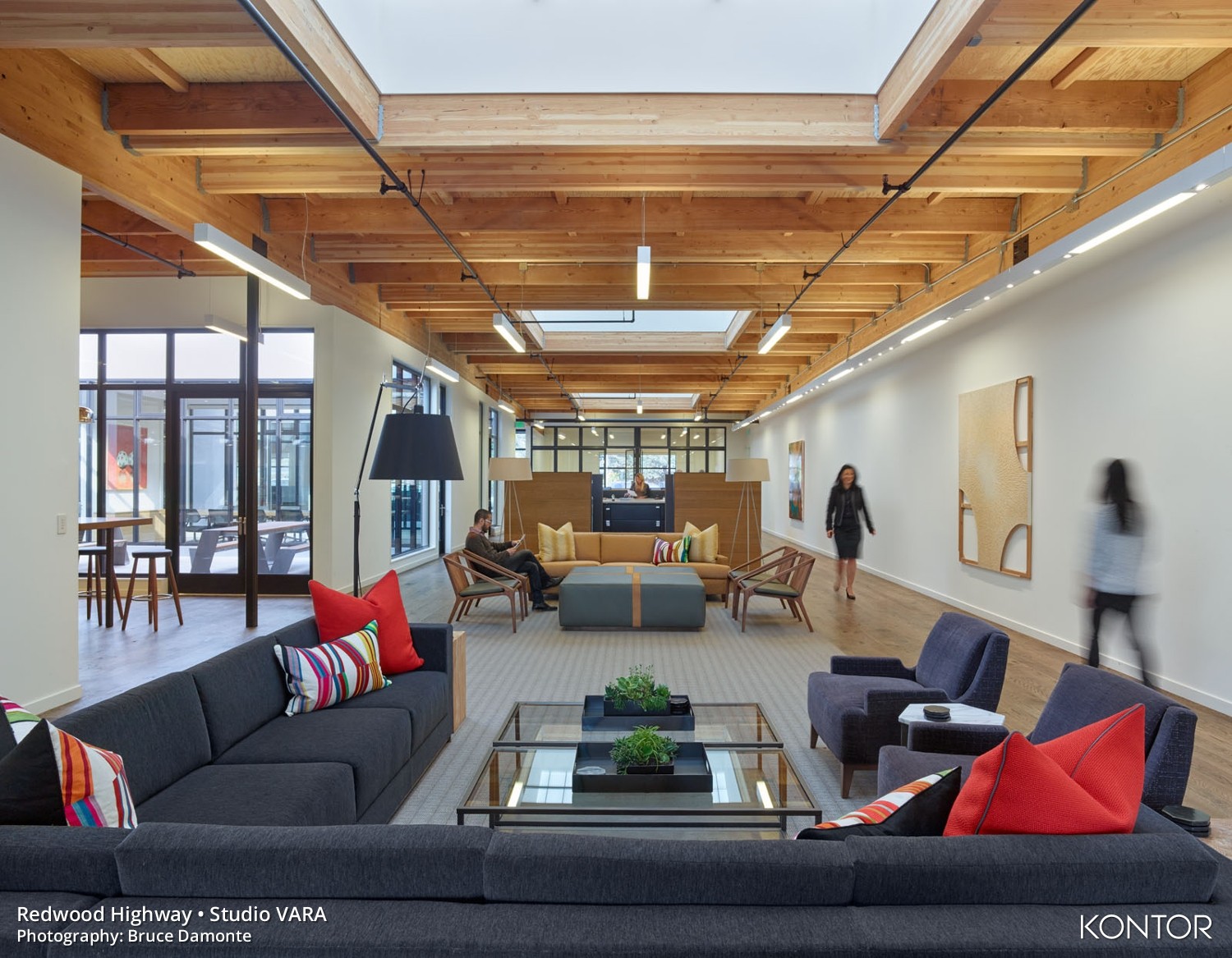One of the workspace design trends we’ve noticed over the past year is that home elements are becoming essential parts of the workplace.
Flexible workspace operators, as well as companies, have started to introduce kitchens, showers, gardens, breakout rooms, and lounge areas to their spaces. Considering that work is now 24/7 for many (remote workers, freelancers, mobile workers who are always connected in some way or another), it’s no surprise that workspaces are becoming a home away from home of sorts for many.
Workspaces are no longer designed with 9 to 5 workers in mind, modern offices take into account flexible workers, and future offices will too–considering the number of freelancers and companies adopting remote strategies work will predicted to keep increasing.
To learn more about this trend, Allwork.Space spoke with Peldon Rose and Kontor, two design companies that specialize in workspace design.
Chris Jenkins, Workplace Director at workplace consultants Peldon Rose said:
“Introducing elements of home comforts to the office environment is a fundamental part of making people feel more motivated, productive and happy to be at work. With a 50+ hour working week now considered the norm for many, the office has to become a home away from home or workplaces risk a drop in productivity and, ultimately, the loss of tenants or quality employees.
Our recent survey of office workers showed just how central home comforts are to a truly happy office, with only 27% of respondents saying they had a quiet space to escape to and 69% saying that they wished they had more variety in their workspaces. An office design needs to offer variety in workspace and facilities to make workers feel at home – from breakout areas, bike rooms and kitchen facilities to beanbags and quiet rooms, or even garden oases, enabling employees to work in a more relaxed setting. This creative approach to structuring the office environment gives employees many of the comforts of their own home and the flexibility to move around and work in whichever environment best suits their workloads and their lifestyles. Soft furniture such as sofas and comfy chairs can also provide a welcome break from their desks for informal meetings, quiet working or simply resting, as well as offering fruit, herbal teas, or cereals – a low cost option which staff are grateful for when their energy is at low ebb.”
Mia Lewin, Founder and CEO of Kontor, said:
“Now that we can work anywhere and at anytime, the office has become a less utilitarian space, and more of a place for teams to gather. To keep employees comfortable and inspired, many companies have turned to providing the comforts of home with living room-like spaces and kitchens in place of old-fashioned rows of cubicles. This is why we’ve seen many designers taking a note from residential projects in their office designs and many product brands typically associated with the home popping up in workplaces. In addition to providing comfort, an impressive-looking lounge can also make a statement about company culture and values, so we’re also seeing a lot of signature design moves and showpiece furnishings cropping up in these residential-inspired spaces.”
Below you’ll find some images provided by Kontor on how some home elements have been adapted into the workspace concept.
As you consider opening your new flexible workspace or consider redesigning your current one, keep in mind this trend and find ways in which to adopt it. The more comfortable and ‘at home’ your members feel, the more time they’ll want to spend in your workspace.
[ezcol_1half]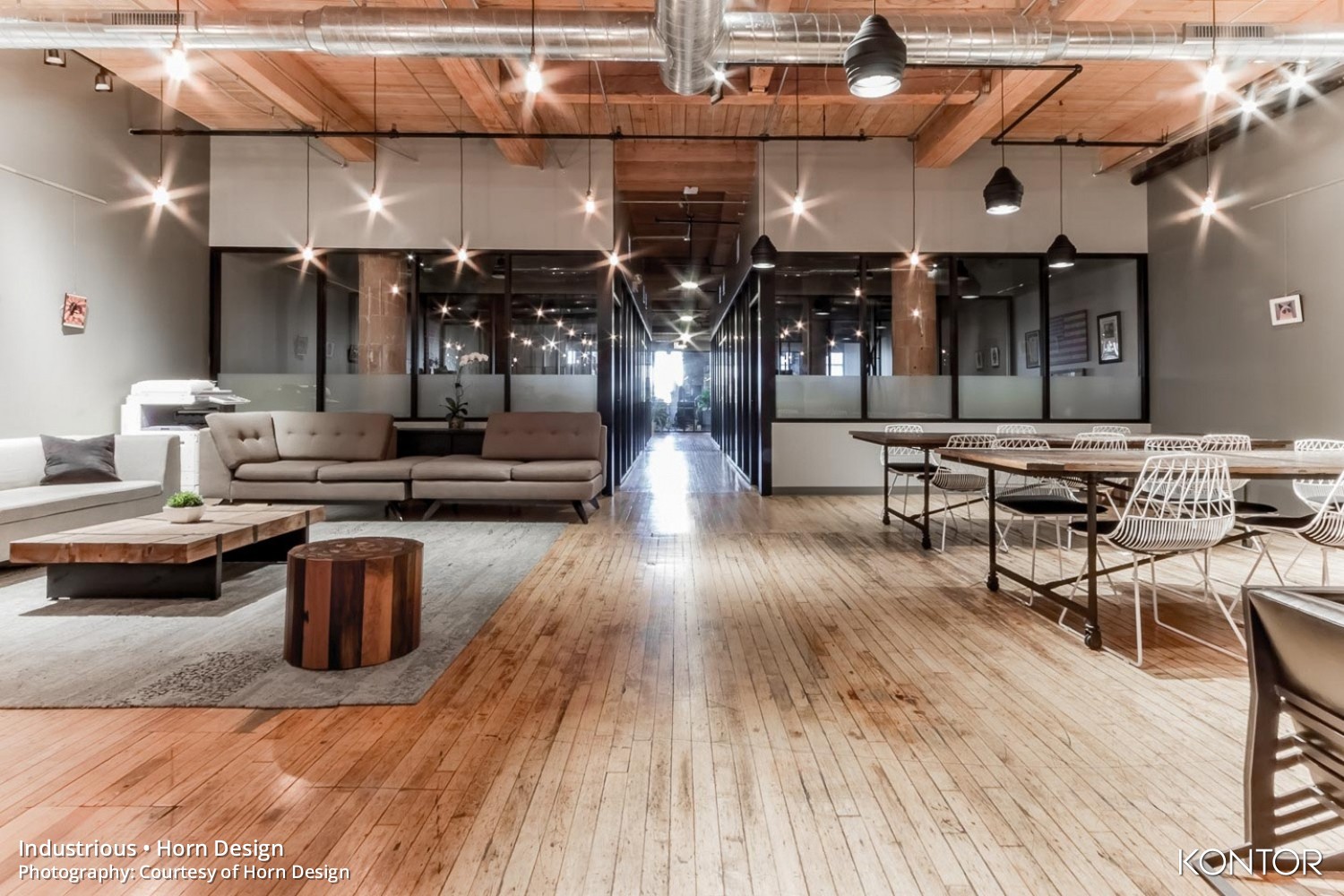 [/ezcol_1half] [ezcol_1half_end]
[/ezcol_1half] [ezcol_1half_end]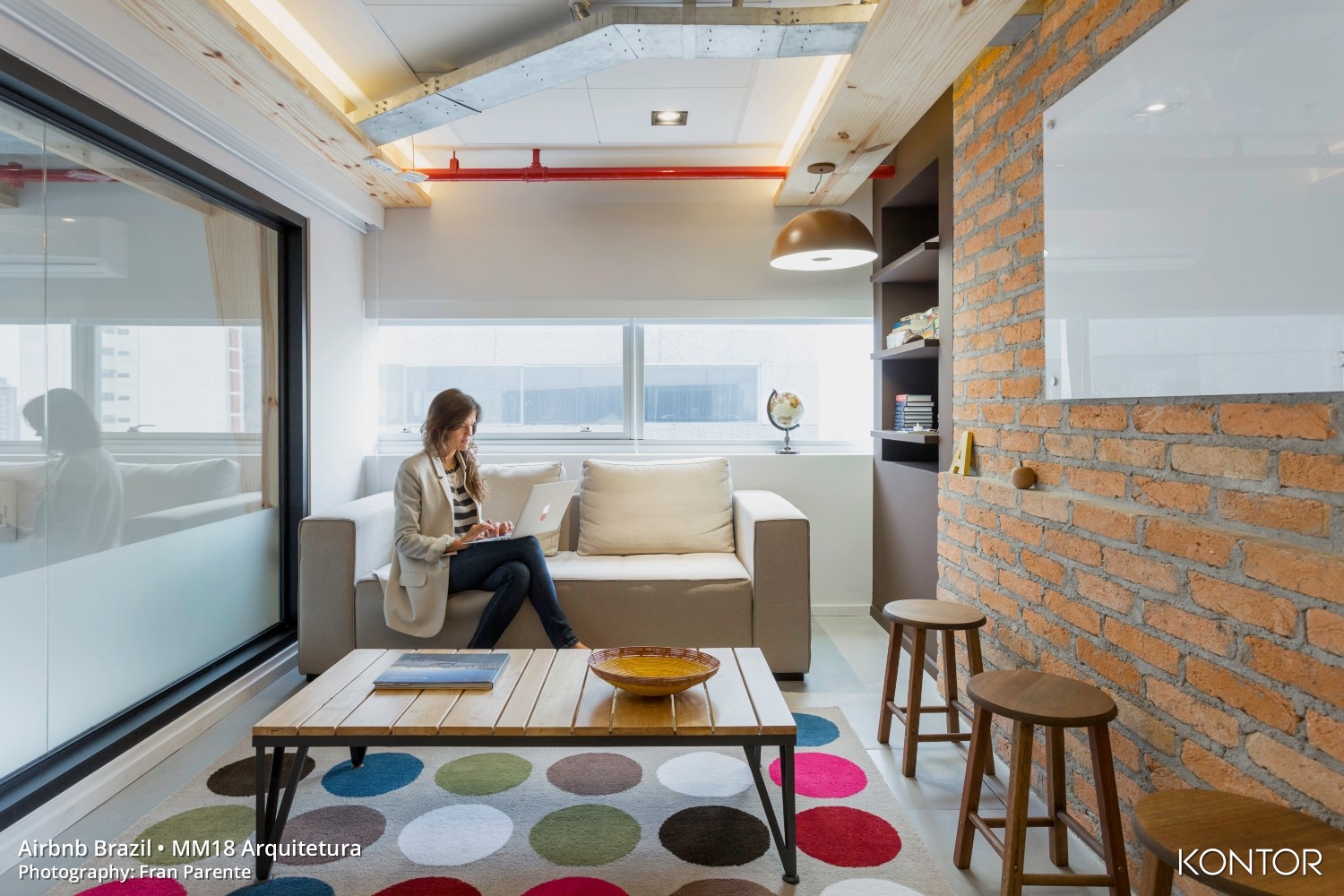 [/ezcol_1half_end]
[/ezcol_1half_end]
[ezcol_1half]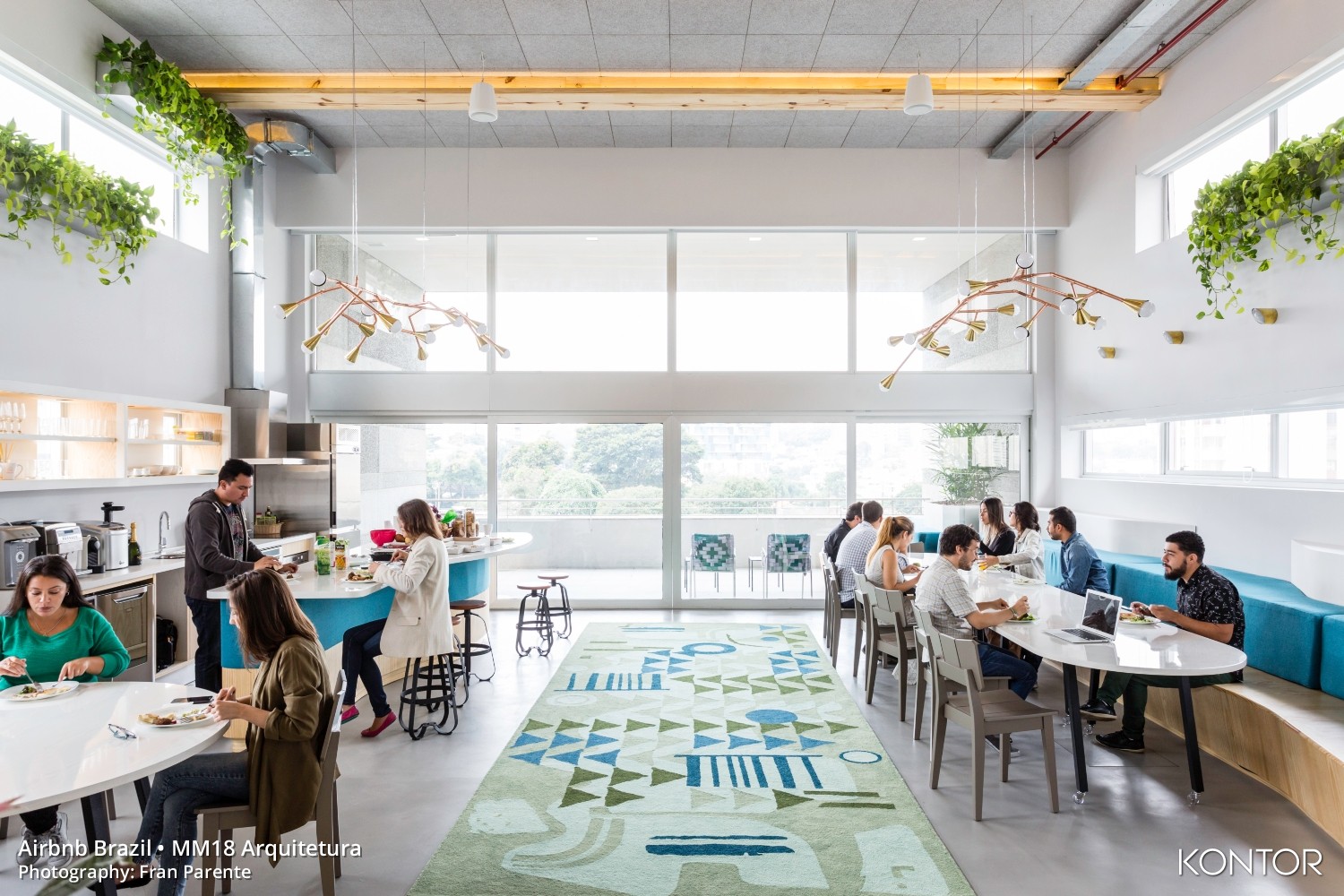 [/ezcol_1half] [ezcol_1half_end]
[/ezcol_1half] [ezcol_1half_end]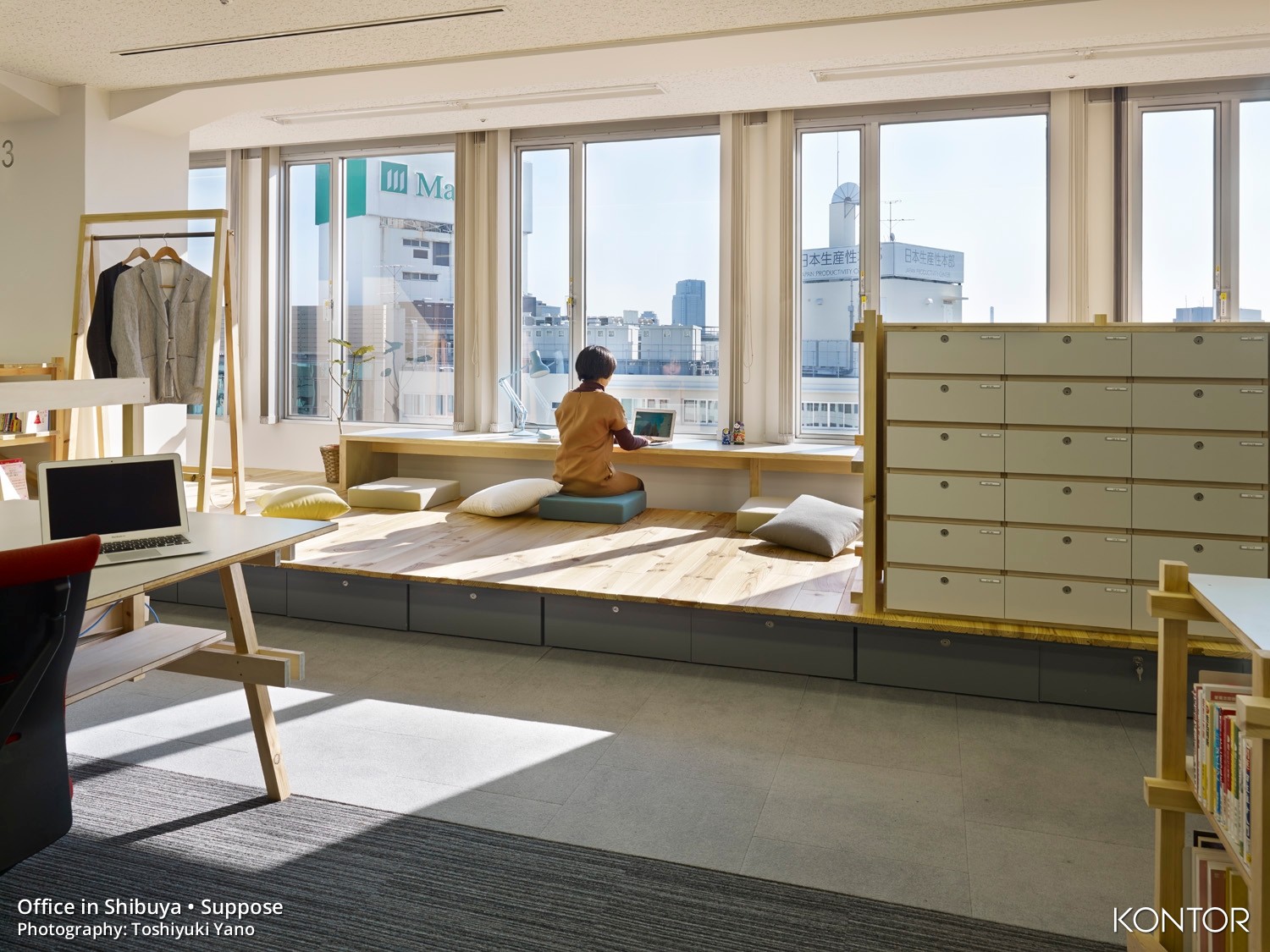 [/ezcol_1half_end]
[/ezcol_1half_end]


 Dr. Gleb Tsipursky – The Office Whisperer
Dr. Gleb Tsipursky – The Office Whisperer Nirit Cohen – WorkFutures
Nirit Cohen – WorkFutures Angela Howard – Culture Expert
Angela Howard – Culture Expert Drew Jones – Design & Innovation
Drew Jones – Design & Innovation Jonathan Price – CRE & Flex Expert
Jonathan Price – CRE & Flex Expert
